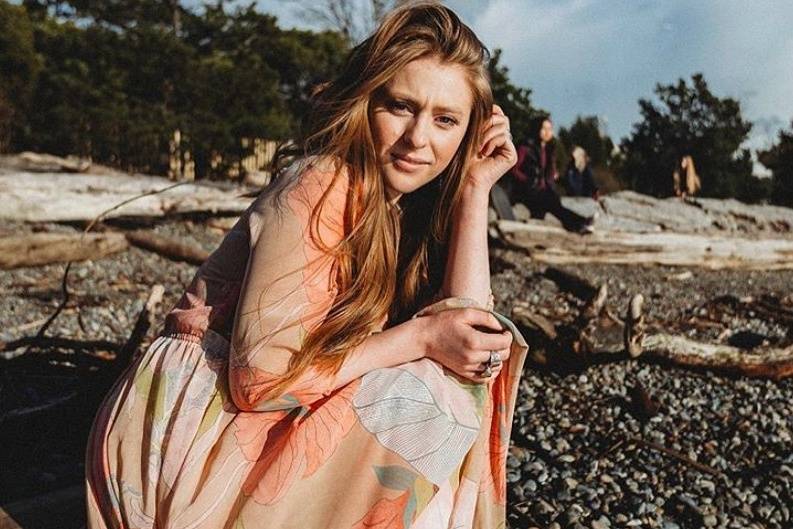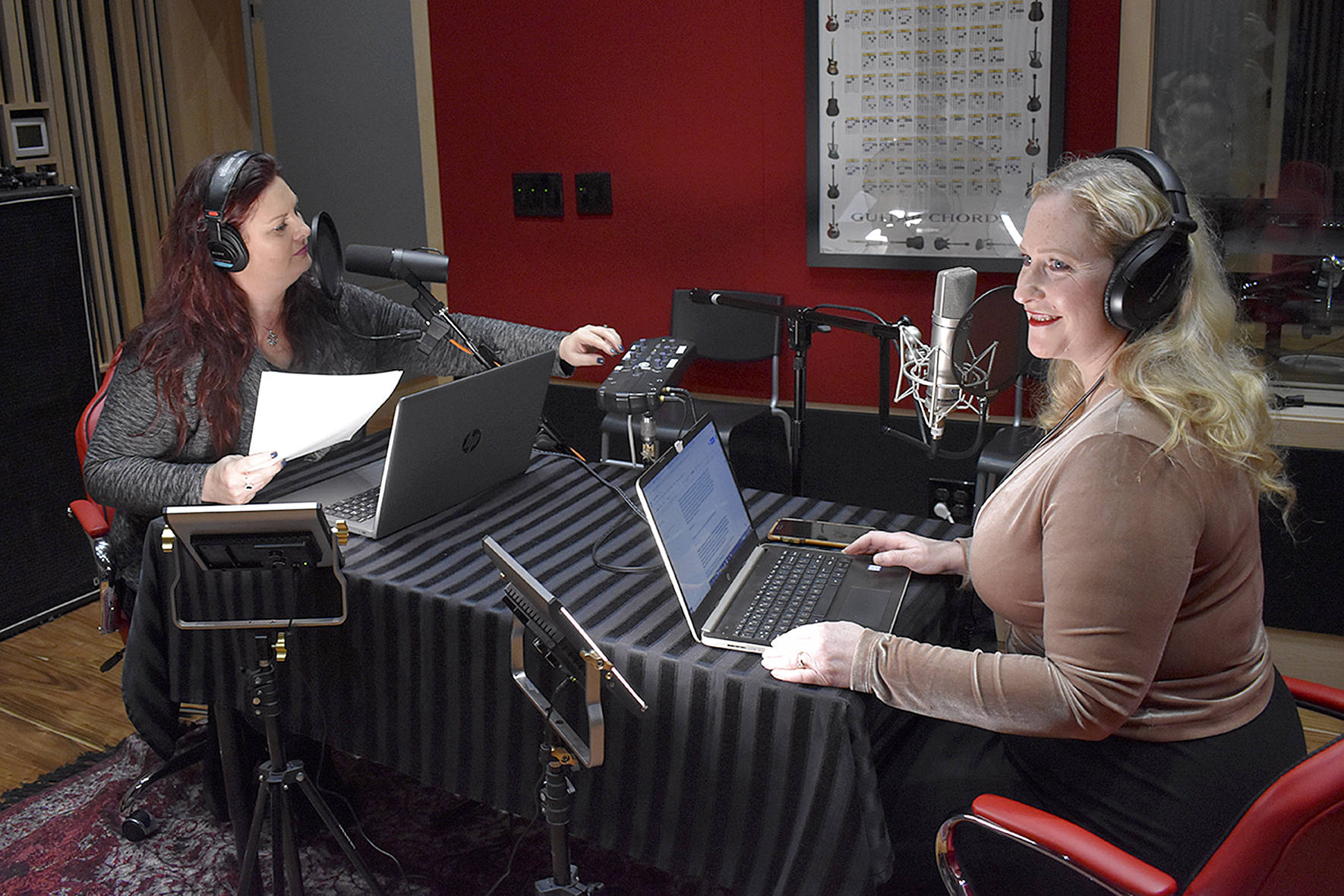Because the scale and pace of construction are so jaw-dropping in SLU (what happened to Glazer’s?!?), any little Edith Macefield-style holdout earns automatic goodwill. The last few timber-framed homes and apartments are doomed, and the paradox of Beach House is that it’s actually a temporary art installation on some very valuable real estate. Last September, artist David W. Simpson
originally erected the roofless, driftwood-filled little shack on Westlake at the north end of the trolley line. Then it was displaced by a Pronto bike-share station to its current site opposite all those rising new office towers. (The city hasn’t set an end date for the installation.) The contrast with Amazon’s wealth couldn’t be any more striking: bare plywood walls, framed incongruously on the outside, open doors and windows, plus that jumble of firewood inside. Emptied out, Beach House might measure the size of a closet or office cubicle. Put a blue tarp on top, and you could live there. (The rent? Someone would pay $300 a month, I bet. Transit connections are excellent, though the trolley bell might keep you awake at night. But it comes provided with wallpaper—actually photographic prints of the shadows cast by the branches.) Open to the weather, stuffed with weathered sticks, the hut has an ephemeral aspect. By the time those new high-rises sprout across Valley Street, it’ll be gone, as if washed away by the tide. Lake Union Park, 860 Terry Ave. N., davidwsimpson.com.





